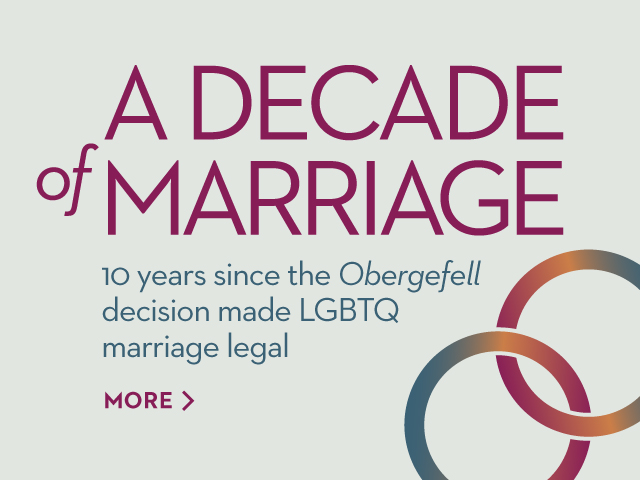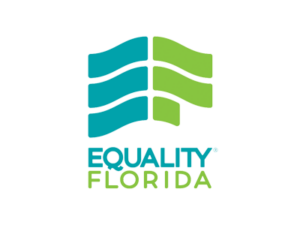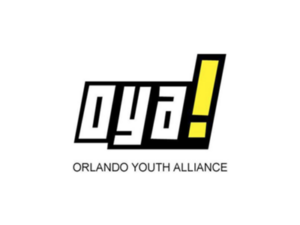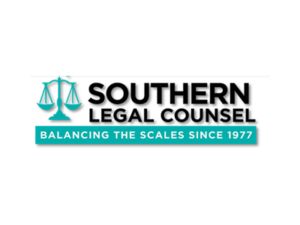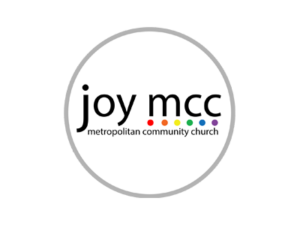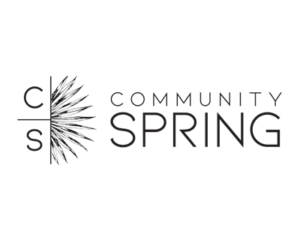April is National STD Awareness Month! STD, short for “sexually transmitted disease,” actually refers to a whole spectrum of sexually transmitted infections (STIs). Unfortunately, there are quite a few myths about STDs, especially concerning how vulnerable the lesbian, gay, bisexual, transgender, and questioning (LGBTQ) community is to contracting them. Three of the most dangerous myths are addressed below:
Myth #1:
Only gay men get HIV/AIDS.
While HIV/AIDS has historically been more prevalent among men who have sex with men, all populations are at risk for HIV/AIDS, and the prevalence of HIV/AIDS among youth is growing. In fact, almost 60% of youth who have HIV don’t know they are carrying the virus. Check here for safer sex practices around HIV/AIDS.
Myth #2:
You will only catch an STD if you “sleep around.”
While sleeping with multiple people without using protection can increase your exposure risk for STDs, STDs are contracted not because of the number of times you have sex, but because of the way in which you have sex. Protection—even for what is considered “non-penetrative sex”, like oral sex, frottage/tribadism (“tribbing”), and using fingers—is the key to reducing your exposure to STDs. Check out Scarleteen for a safer-sex how-to.
Myth #3:
Lesbians can’t get STDs.
While women who sleep with women can be at a lower risk for some forms of STDs, they can—and do—contract STDs as well. Any form of unprotected genital contact carries some risk of exposure, so safer sex practices are important, no matter what your sexual orientation.
Surrounding all of these myths is the overarching notion that outside of HIV/AIDS, LGBTQ youth do not have to worry about STDs. The truth is that anyone engaging in unprotected genital contact is at risk for contracting an STD.
The factors that put youth at risk for STD contraction are often factors that disproportionately affect LGBTQ youth, and the factors that help combat the risk of STDs are frequently out of reach for LGBTQ youth. Thus, LGBTQ youth are especially vulnerable to contraction for a number of reasons.
Poverty
Between 20 and 40% of homeless youth identify as LGBT, and many are homeless because they experienced family rejection and conflict related to their orientation. These youth face a high risk of sexual assault and are three times more likely than their peers to engage in survival sex, meaning an increased potential for exposure to STDs. Youth in poverty are at a greater risk for STDs because they often have limited access to health care, education, and prevention resources compared to middle-class youth. Furthermore, LGBTQ youth living in poverty may also be affected by the criminalization of sex work. Policies that make it illegal to carry more than a certain number of condoms discourage and actively prevent youth engaged in sex work from ensuring they won’t be exposed to STDs or unintended pregnancies.
Mental Health Issues
Depression, emotional distress, and low self-esteem are all linked to having sex at an early age, having unprotected sex, and having multiple sex partners, which are behaviors that can put youth at increased risk for exposure to STDs. Stigma against LGBTQ youth is directly linked to increased incidences of depression, anxiety, and suicidality. Because LGBTQ youth are disproportionately at risk for mental health issues, it follows that this may also put them at increased risk for STD exposure.
Substance Abuse
Another harmful byproduct of stigma, substance abuse is documented to be higher among LGBQ youth. Moreover, LGBTQ youth that experience family rejection are five to seven times more likely than heterosexual youth to report using heavy drugs. Unfortunately, substance abuse has also been associated with risky sexual behaviors that put youth at greater risk of STD exposure.
Family Support
Family support and positive teen-parent communication are both factors that may help prevent sexually risky behavior. However, many LGBTQ youth lack familial support, and in fact, increased exposure to STDs in the form of sexually risky behavior is a documented risk of family rejection for LGBTQ youth.
Positive School Environments
Due to widely publicized campaigns, it is well-known that LGBTQ youth often have negative experiences at school due to bullying. However, positive school environments are potential factors in helping youth avoid sexually risky behavior. Unfortunately, harassment, stigma, and discrimination at school actively prevent LGBTQ youth from having the positive school experiences linked to better health outcomes.
Sex Ed and Sexual Coercion
LGB youth have higher rates of sexual coercion and dating violence than their heterosexual counterparts, and yet many schools do not include healthy relationship education in their curricula, despite acknowledgement that this may be one of the best ways to prevent violence in relationships. Furthermore, LGBTQ youth are often not even acknowledged in discussions about sexual health (and many schools do not discuss sexual health at all, or only discuss abstinence and not contraception), and in some cases, non-heterosexual orientations may only be discussed if they are painted as deviant and wrong. These realities put safer sex out of reach for many LGBTQ youth.
It’s time for national policies that support safer sex practices for both youth and adults. Schools should be required to teach comprehensive, LGBTQ-affirming sex education, we must work to teach parents how to support their LGBTQ-identifying children, and we as a society must destigmatize both queer identity and the survival activities people engage in to cope with that stigma. We can create a better, safer world for our youth, and we can start by listening to what they need.
This post was written for STD Awareness Month in conjunction with the National Coalition of STD Directors. You can view the original post here: http://www.ncsddc.org/blog/std-awareness-lgbtq-youth.

